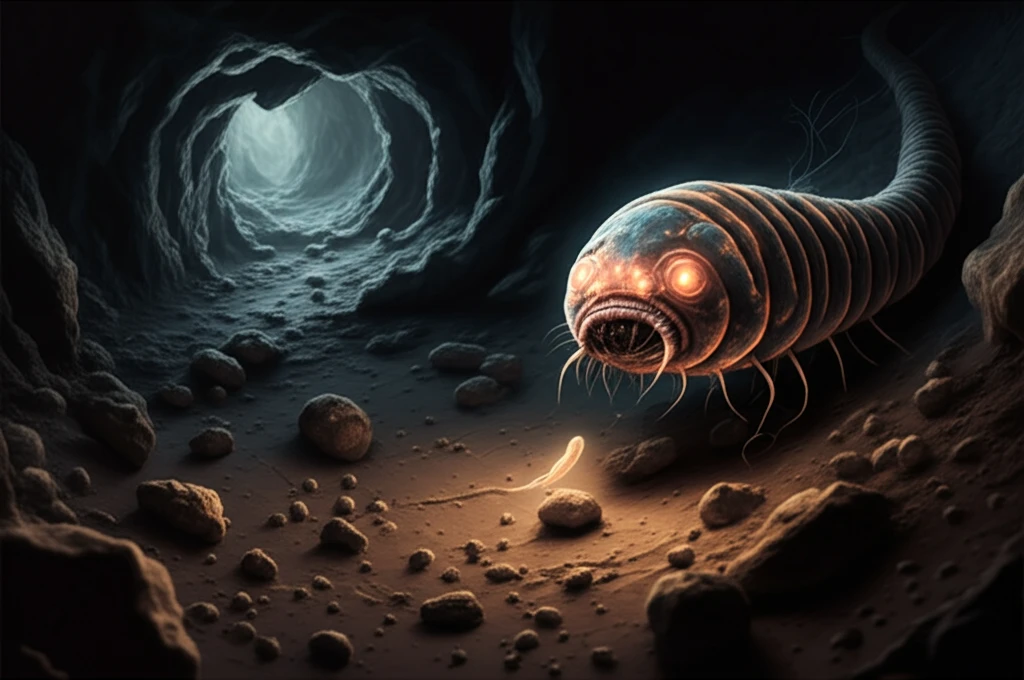
Cave Creatures Unearthed: A New Nematode Species Discovered!
"Scientists identify Seinura caverna n. sp. in a Japanese cave, revealing unique androdioecious adaptations."
In the hidden depths of a calcareous cave in Japan, a new species of nematode has been discovered, adding another layer of complexity to our understanding of these microscopic creatures. This isn't just another addition to the already vast nematode family; Seinura caverna n. sp. presents a unique combination of biological and typological characteristics that set it apart.
Nematodes, often overlooked due to their size, play critical roles in various ecosystems. They can be found virtually everywhere, from soil and water to the bodies of plants and animals. This new discovery underscores the importance of continued exploration and research into these often-underappreciated organisms.
This article unpacks the details of this exciting discovery, exploring the distinctive features of Seinura caverna n. sp., its androdioecious reproductive mode, and its place within the broader context of nematode evolution and classification. We'll delve into the methods used to identify and classify this new species, offering a glimpse into the world of nematode research.
Unveiling Seinura caverna n. sp.: What Makes This Nematode Unique?

Seinura caverna n. sp. was found in bat guano collected from a cave, a habitat that presents specific challenges and opportunities for life. Its classification as an aphelenchoidid places it within a diverse group of nematodes that includes fungal feeders, plant parasites, insect parasites, and predators. Seinura caverna n. sp. itself is a predator, adding to the complexity of the cave ecosystem.
- Three-lined lateral field
- Secretory-excretory pore located in the posterior two-thirds of the metacorpus
- Long post-uterine sac
- Hermaphrodite tail shape, elongate conoid with a filiform tip
- Androdioecious reproductive mode
Why Does This Nematode Discovery Matter?
The discovery of Seinura caverna n. sp. highlights the ongoing need for biodiversity research, even in seemingly well-explored environments. Caves, in particular, often harbor unique and specialized species adapted to their dark, nutrient-poor conditions. Further research into Seinura caverna n. sp. could reveal valuable insights into nematode evolution, adaptation, and the ecological dynamics of cave ecosystems.
